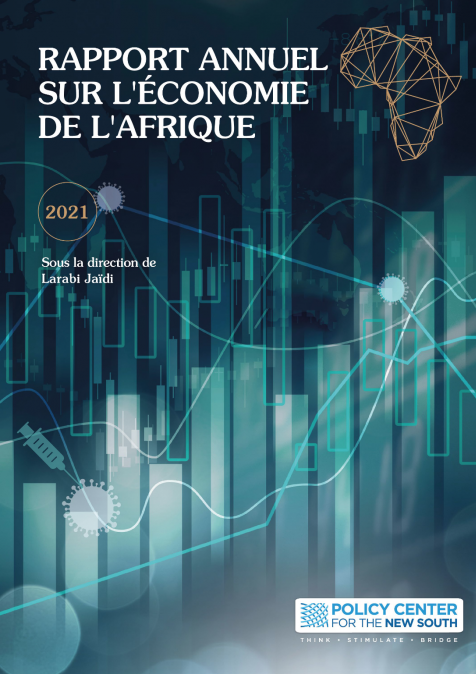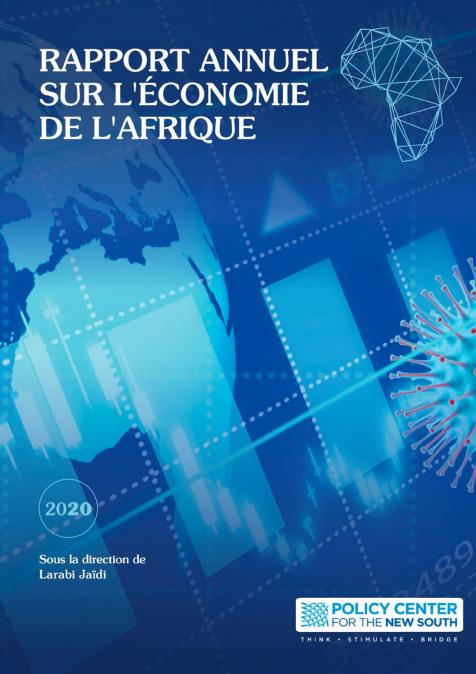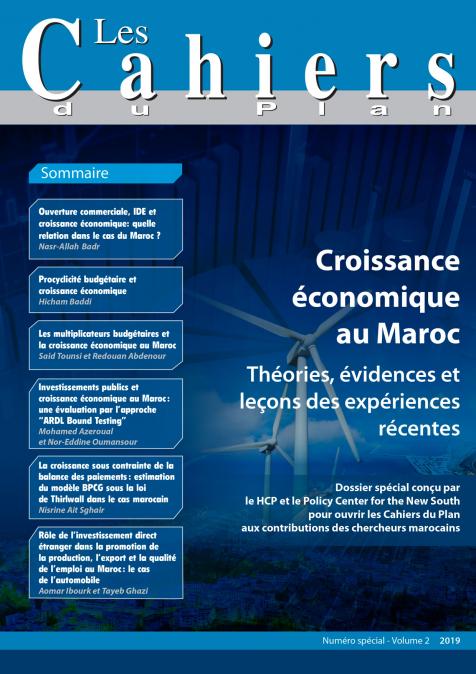Publications /
Opinion
Trade negotiators rarely get to celebrate a victory. The United States, for example, has been negotiating over 15 bilateral free trade agreements, with none concluded since the Korea-US agreement was finalized at the end of 2010. This makes the recently finalized Trans-Pacific Partnership (TPP)agreement between the United States and 11 other countries all the more remarkable. But the TPP still faces major hurdles, not least a divisive ratification debate in the U.S. Congress, which has already become entangled in presidential electioneering. Meanwhile, as WTO delegates prepare for their biannual ministerial meeting in Nairobi in December, they are unable to agree even on whether they should switch off the respirator on the Doha Development Agenda, a multilateral trade round that was initiated back in December 2001, which has been floundering over at least the last seven years.
International trade has doubled as a share of world GDP over the last 50 years. Without it, the global economy would grind to a halt. The highways of trade are much freer today than they were decades ago, but there are still plenty of barriers. If the world is to move beyond the slow growth that has followed the 2007–8 crisis (what the IMF calls the “mediocre new normal”) it will have to continue to chip away at these impediments, or at least prevent the creation of new ones.
One place to start is to address some dangerous misconceptions about international trade. Some of these bad ideas are new, others have been around for a long time and have routinely been disproved. These ideas can impede progress, and if they get into enough of the wrong heads, they are bound to lead to big policy mistakes.
CONVERGED
Many developing countries—from China to Brazil to Russia—are struggling and have been over the last two years or so. Among others, The Economist thus concluded that we are nearing the end of convergence, or at least entering an era of much slower convergence, which means that incomes per capita in developing countries will not grow much faster than in advanced countries, as they have, on average, over the last 30 years.
If that were true, then advanced countries would continue to retain their economic predominance, and something resembling current international institutions would suffice. In the WTO, delegates would have to worry less about the rising might of China and India, not to mention Brazil, Indonesia and Russia, and instead focus on an advanced country agenda (this is what is effectively being done in the TPP and the Trans-Atlantic Trade and Investment Partnership, or TTIP). The Doha process could finally be shuttered, and everyone could forget about the substance the Doha Development Agenda—eliminating agricultural subsidies, tariff peaks in advanced countries, and high and unbound tariffs in developing countries; providing easier access to vital medicines; and delivering aid to facilitate trade in the poorest countries.
But convergence is not at an end. Developing countries are continuing to catch up and will continue to do so at least in the next generation or two, current difficulties notwithstanding. The convergence process will not be determined by the alternating euphoria and panic of Wall Street, nor by the shifting opinions of journalists. Convergence is driven by the enormous gap in technology and know-how that exists between poor and rich countries, and the poor countries’ rapidly increasing capacity to absorb advanced methods because of their rising educational attainment, openness, and improved governance. The shift in relative size of developing and advanced countries is also determined by demographics, with the United Nations projecting that developing countries will add 1.3 billion new workers over the next 35 years, while the labor force of advanced countries will decline by 100 million. The rebalancing of economic power toward developing countries can be delayed temporarily by falling commodity prices, rising international interest rates, or bursting housing bubbles, but is very unlikely to be stopped. Even in 2014, a bad year for emerging markets, well over half the population of developing countries saw their economy grow faster than five percent. The implication is that, in the politics of world trade, the interests of developing countries are going to command more, not less, attention.
PEAK GLOBALIZATION
Since the financial crisis, world trade has slowed dramatically and now barely matches that of world GDP. No wonder, then, that numerous articles in the likes of the Harvard Business Review, Business Week, the Guardian and the Daily Telegraph ponder whether we are approaching the limits of globalization. In an ebook exploring the causes of the world trade slowdown issued by the Center of Economic Policy Research in September, several academics took the view that the trade slowdown was driven primarily by structural shifts, such as reshoring by U.S. companies and the reorientation of the Chinese economy toward domestic consumption.
If that were the case, beyond dealing with long-standing challenges such as cutting agricultural subsidies, reducing tariff peaks, and improving customs regimes, trade negotiators would pretty much be done. The world could even probably live with something like the multilateral trading system that already exists. But the slowdown in world trade is not the result of “peak globalization” or “peak trade.” Nor is it due to newly rampant protectionism, which WTO rules have helped hold at bay. It is instead the result of a worldwide cyclical slowdown that has hit sectors, such as investment and consumer durables, and regions, notably Europe, which rely disproportionately on international trade of final products, parts and machinery, and raw materials. More recently it has spread to commodity exporters dependent on China, further impeding trade.
The slowdown in trade is also partly the result of the end of a major transition: The boom of world trade in the 1990s and early 2000s was in part the result of the incorporation into the market economy of China and many other countries. Although the world stands at the completion of a one-time historic shift, however, it is not at the end of advancing globalization. On the contrary, globalization is likely to deepen further as incomes in many poor countries with huge populations and rapidly growing middle classes, from Bangladesh to India to Nigeria, continue to rise. The information technology revolution will also dramatically increase the tradability of services, and the participation in world trade of small companies, the so-called micro-multinationals, will increase as the internet becomes universal and package delivery services reach the remotest villages. These processes raises the stakes on new trade agreements that address the liberalization of services, discriminatory regulation, and excessive trade costs that penalize especially small companies and the poorest countries.
INEQUALITY
The politics of trade reform are difficult, and, in the heat of debate or as a calculated strategy, many trade proponents minimize the effect of international competition on exposed sectors, regions, and workers. But people are not stupid. They see that cities or whole regions can take a generation or longer to recover from the inroads made by low-wage competition. Economists used to think that the effects of trade have relatively small and temporary disruptive effects. But, as is shown in a 2010 National Bureau of Economic Research survey by the researchers Ann Harrison, John McLaren, and Margaret McMillan, rising income inequality in both advanced and developing countries over many decades should lead to some rethink. The latest research recognizes that technology rather than trade plays the most important disequalizing role. However, it also draws a causal link between trade, the efficiency-enhancing adoption of advanced techniques, and increased income inequality.
Trade, foreign investment, and outsourcing add to pressure to become more efficient, to weed out the least productive firms, and to force the adoption of more automated technologies, which also spread throughout the economy, well beyond the directly traded or exposed sectors. In the right conditions, this is good news for economic efficiency and growth. But meanwhile the demand for unskilled workers declines as the demand for capital and for some categories of skilled workers increases. Unskilled workers whose wages have declined can find new jobs in other (typically trade-sheltered) sectors, but usually not enough to compensate. The result is rising inequality.
The reaction to this process, at work over many decades, and the unwillingness of many trade proponents to acknowledge trade’s downside, is a visceral anti-trade stance in many quarters, whatever trade deal is on the table and however advantageous it is on paper. The fierce and widespread resistance to TPP in the United States, which is already an open economy and which was required to do very little to further open the economy compared to its negotiating partners, can only be understood in this light.
The solution to the problem of rising inequality is not to stop trade deals or—for that matter—impede the adoption of new technologies, even if that were possible. And there is only so much that negotiations can do to mitigate the disruptive effects of trade and technology, for example, by providing for longer implementation periods and insisting on basic labor and environmental standards. Outside the trade agenda, there is a long list of social, educational, and fiscal reforms that must be tackled to mitigate inequality. This is not the job of the WTO or of the U.S. Trade Representative, but continued political support for trade deals, whether regional or multilateral, does depend on a more honest political debate about trade and inequality and on better policies to mitigate its worst effects.
DOHA’S DEMISE?
The failure of Doha to progress after 14 years of negotiations has cast a pall over the multilateral trading system. In a recent paper issued by the World Economic Forum, Susan Schwab, the former U.S. trade representative writes, “Multinational corporations face the judgment of the marketplace every day. Since the Doha Round multilateral negotiations first ran aground …. U.S.-listed public companies have provided quarterly financial statements, and explained them to analysts about 50 times. Even though many of these firms are heavily dependent on world trade, it should not be a surprise that what goes on at the WTO in Geneva has not been a burning priority for them.” But, as Schwab also argues, in the conduct of trade negotiations, the WTO’s multilateral processes remain the best, provided the current impasse can be broken. In a number of important respects, today, the WTO plays an even more central role than in the past. It has 34 more members than it did when it was established 20 years ago, and it covers 98 percent of world trade compared to 80 percent earlier. Even better, the average tariffs of all members have been sharply reduced and World Bank research shows that recently added economies, especially those that undertook the most far-reaching trade reforms in the course of the WTO accession, performed better than the original members. Remarkably, countries that acceded to the WTO have more than doubled their share of world trade. (Excluding China, acceding countries have increased their share of world trade by more than 40 percent.)
The accession of new members has expanded market access and made markets more predictable for both original and new members. The market economy has been more firmly embedded in accession countries. China alone adopted 3000 new laws in the course of its negotiations. In a new book edited by Chiedu Osakwe and myself, Russian trade negotiators Maxim Medvekov and Dmitry Lyakishev have written: “[In the course of negotiations] most of our laws were adjusted to WTO standards seven to ten years before accession” Meanwhile, accession protocols, which can run to thousands of pages, have added to WTO laws, clarifying and deepening existing rules and disciplines, and enabling experimentation and innovation in many areas.
The spread of WTO discipline, and its enforcement through a very active and widely used dispute settlement mechanism, has been an important force behind the extraordinary expansion of world trade before the financial crisis. In turn, the increasing importance of trade means that WTO discipline is even more valuable. So, we have a paradox. Despite the fact that the Doha negotiations, started in 2001, have stalled, and that the imminent Nairobi ministerial meeting promises slim pickings at best, the WTO has become an even more important plank of our increasingly integrated global economy.
PLURILATERALS
The WTO’s much-expanded agenda and its more diverse membership makes the conclusion of a comprehensive trade round, such as the Uruguay Round of 1994, extremely difficult—probably impossible. It is thus reasonable to have members focus more selectively on narrower topics, placing greater focus on concluding sectoral agreements under the auspices of the WTO. These issue-specific “plurilateral” negotiations are more tractable, and can be led by a critical mass of members vitally interested in the outcome. Such negotiations face two main obstacles: If their benefits are allowed to apply to all members, even those that undertake no new commitments to open up, it reduces the incentive to participate in the deal-making. In turn, participants in the negotiations become wary of free-riders, so they limit their ambitions. If, on the other hand, their benefits are confined to participants only, then non-participants can, in practice, block the outcomes of the negotiations from being included in the WTO on the grounds that they violate the principle of non-discrimination.
Overcoming such obstacles is not easy, but history shows that both kinds of deals are possible. Examples are the recently concluded extension of the Information Technology Agreement (whose benefits apply to all even those who made no commitments to liberalize) and the Government Procurement Agreement (whose benefits are confined to participants). The recently concluded Bali Agreement on Trade Facilitation, ably midwifed by Director General Roberto Azevedo, shows that it is possible to expand sectoral deal-making through a combination of so-called side payments to enlist the support of non-parties or reluctant participants, as well as by including provisions for preferential and more flexible treatment to enlist the support of developing countries.
In fact, the successful conclusion of 34 accession negotiations, which are not strictly speaking plurilateral, but are even more challenging since they require the agreement of the whole membership, demonstrate that multilateral negotiations around a well-defined issue can yield results.
MYTHMAKING
The misperceptions about global trade all have different roots. The views that globalization has peaked and that convergence has ended are the result of misreading of economic cycles. The view that trade is good for everyone is the result of faulty economic analysis and political positioning. The view that the WTO is finished is largely due to a lack of familiarity with the work of the institution, aggravated by its member-driven Secretariat’s traditional reluctance to beat its own drum. The view that you can complete a comprehensive trade deal among 161 countries is partly a result of organizational inertia in the WTO, as well as reluctance to abandon a business model that has worked well in the past. But it is also the result of a negotiating stance by those who are afraid, quite justifiably, that the issues that they got onto the table through Doha, such as agricultural subsidies, will be allowed to fade away.
Trade reforms, whether done autonomously, through wide-reaching regional agreements such as the TPP, or through new approaches to multilateral negotiations, are still very badly needed, even as the political consensus that must underpin them is eroding. The WTO performs an even more central role today than in the past, but whether it will retain its vibrancy is unclear. Much will depend on the relations among the great powers, especially between China and the United States and among the members of the European Union. What is certain, however, is that a breakdown of trade multilateralism, and a failure to widen the reach of regional deals, will signal the beginning of a more dangerous era of world history, one where foreign trade and investment are much less predictable than they are today.










